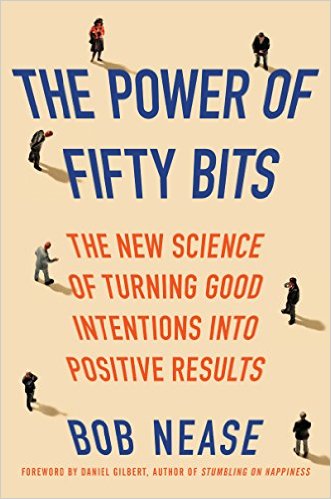 There’s an interesting post over at Freakonomics about price discrimination. (That’s what economists call the ability to charge different buyers different prices for the same good. To get away with this, the seller needs to separate — often physically or temporally — those willing to pay more from those willing to pay less.)
There’s an interesting post over at Freakonomics about price discrimination. (That’s what economists call the ability to charge different buyers different prices for the same good. To get away with this, the seller needs to separate — often physically or temporally — those willing to pay more from those willing to pay less.)
The example presented is a hair-cutting device offered twice in the same catalog — once positioned for use on people ($12.99), then positioned for use on pets ($7.99). The author notes that placing these two items in the same catalog is “a poor way of creating market separation” and goes on to note that if he’d gotten the catalog and was interested in the item, he’d buy the less expensive pet version and use it himself.
What was interesting is that the author — who is an economics professor — didn’t “get” why the psychological separation created by the catalog’s positioning might be more than enough to support price discrimination. (Many of the people commenting on his entry shared my reaction.) But think about it: how many of us would eat dog food if the price was right? Put another way, the idea of people eating dog food immediately engenders visions of the desperate elderly on a fixed income — something we’d all prefer everyone avoid.
This is a good example of how social norms trump market norms. The strength of this norm (that animals and people aren’t the same) is probably sufficient to create enough separation between these two items. In fact, I wouldn’t be at all surprised if there were a number of people who buy the more expensive human version of an item for use with their beloved Fido — raising specific animals to the status of humans doesn’t violate that social norm.
(Note: this entry originally appeared at consumerology.com)

